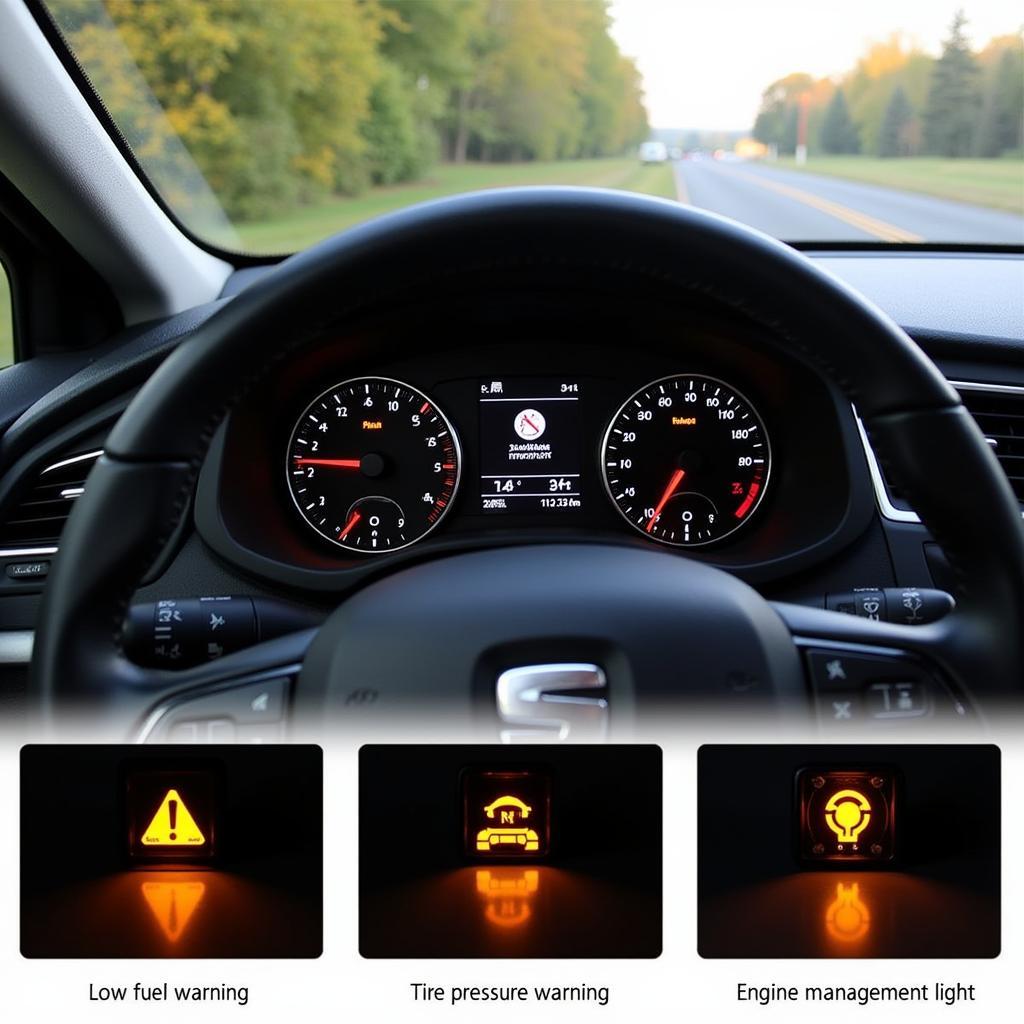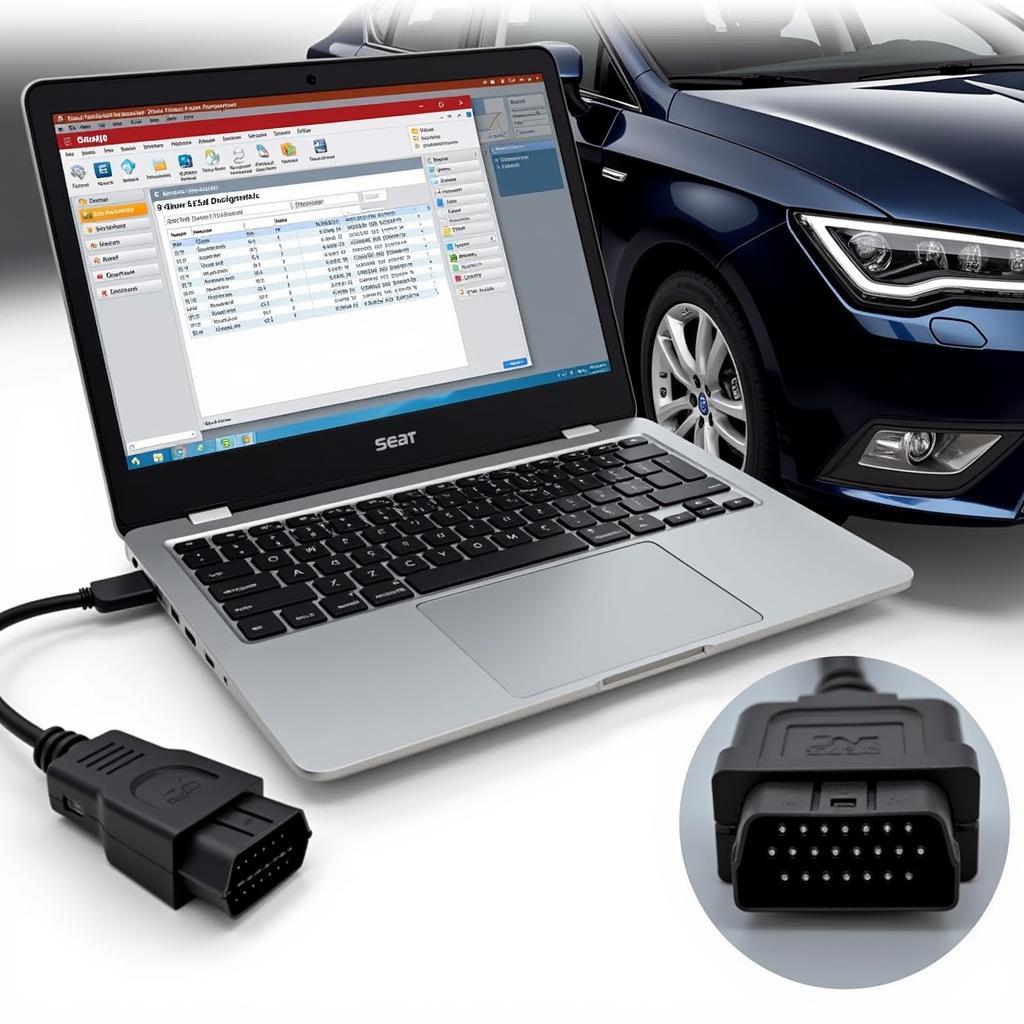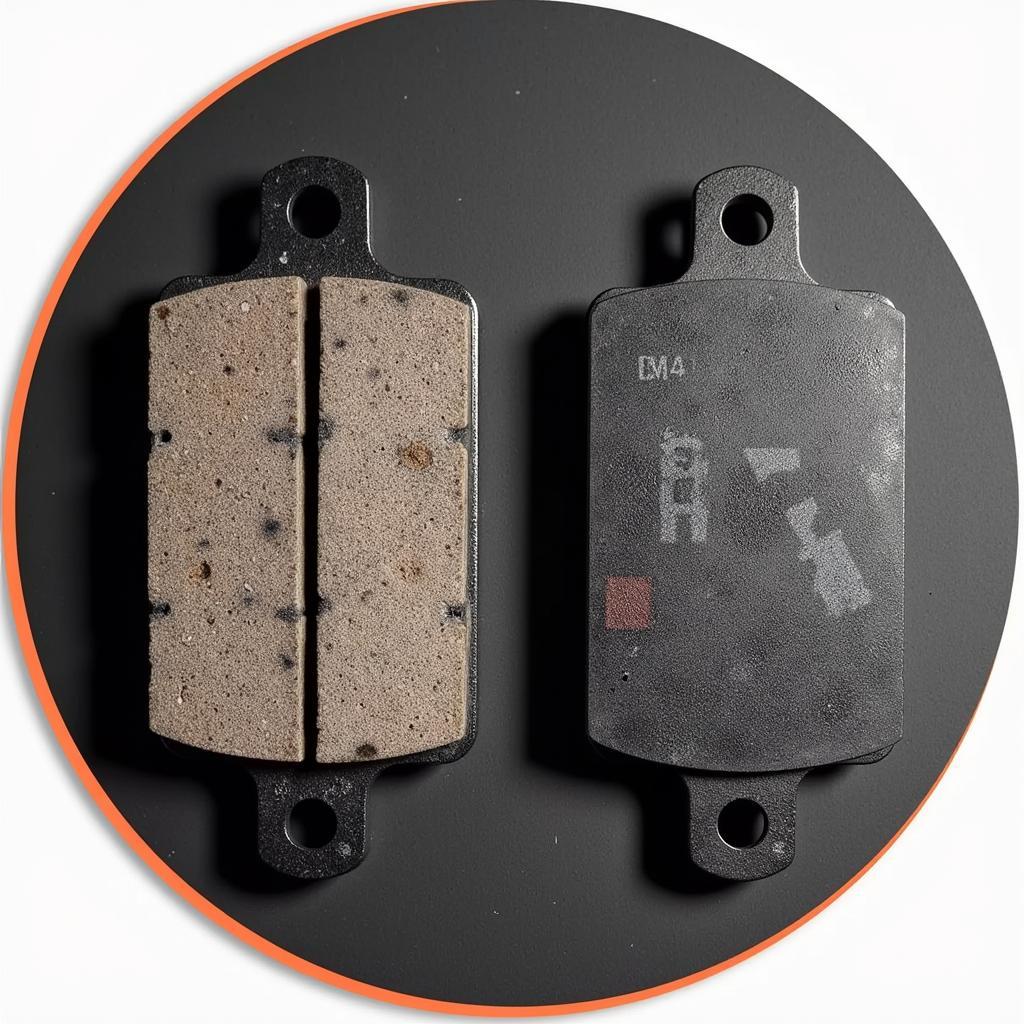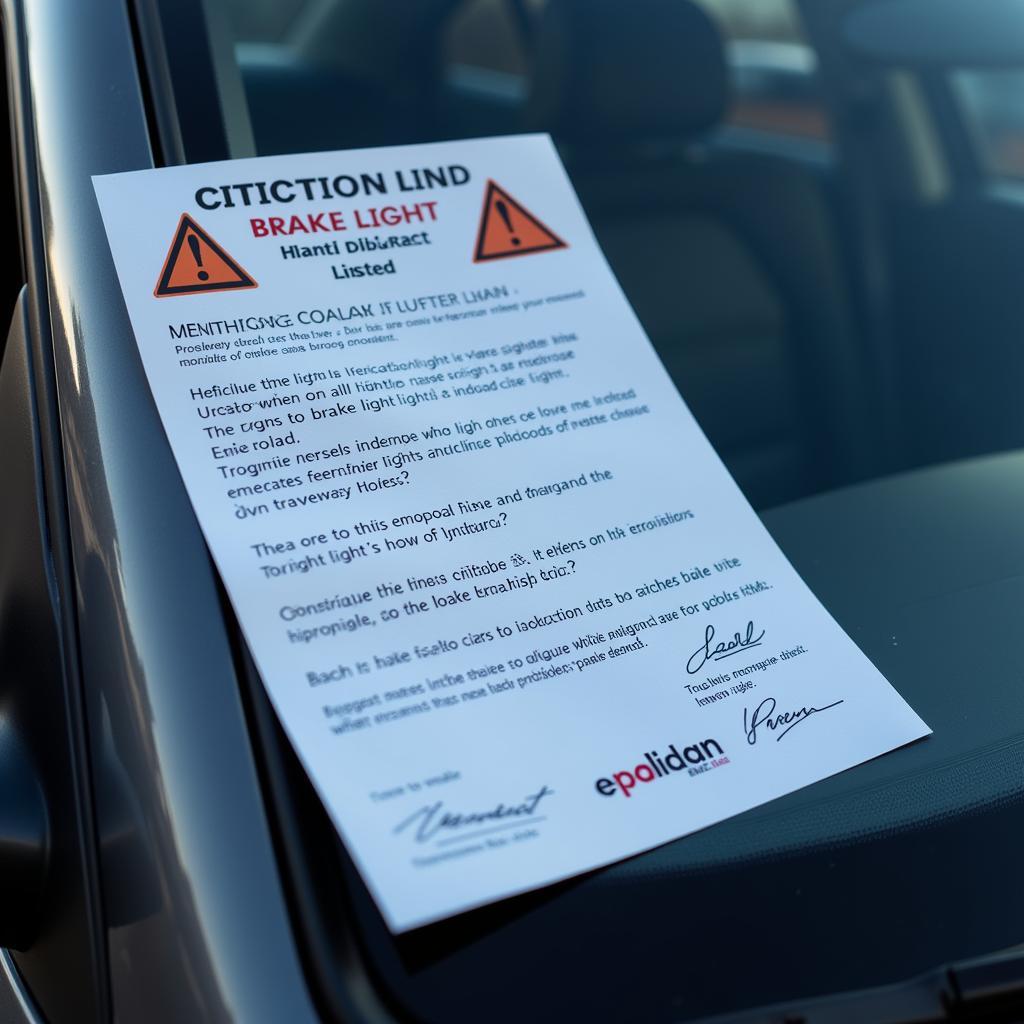Your Seat’s dashboard warning lights are more than just colorful icons; they’re vital communication tools between your car and you. Understanding these seat dashboard warning lights allows you to address potential issues promptly, ensuring your safety and preventing costly repairs down the road. This comprehensive guide will equip you with the knowledge to decipher your Seat’s dashboard warnings and take appropriate action.
One common issue that triggers dashboard warning lights is a malfunctioning sensor. If you’re experiencing unexplained warning lights, it’s crucial to have your vehicle inspected by a qualified technician. For SEAT Ibiza owners, understanding the Ibiza dashboard warning lights is essential for maintaining the health of your vehicle. You can find more specific information about the Seat Ibiza at seat ibiza warning lights on dashboard.
Understanding the Different Types of Warning Lights
Seat dashboard warning lights are categorized by color, reflecting the urgency of the issue. Red lights indicate immediate attention is required, often signaling a critical safety concern. Amber or yellow lights usually suggest a less urgent issue but still require attention. Green, blue, or white lights generally indicate a system is active or in use.
Red Warning Lights: Stop and Seek Assistance
Red warning lights signify severe problems that require immediate action. Ignoring these warnings could lead to significant damage or compromise your safety. Some common red warning lights include the brake system warning, engine temperature warning, and airbag warning.
What should you do if a red warning light appears? Pull over safely as soon as possible and consult your owner’s manual for specific instructions. Often, it’s best to have your vehicle towed to a qualified mechanic for diagnosis and repair.
Amber/Yellow Warning Lights: Proceed with Caution
Amber or yellow warning lights indicate less severe issues but still require attention. These lights often relate to maintenance requirements or potential malfunctions that could worsen if ignored. Examples include the low fuel warning, tire pressure monitoring system (TPMS) warning, and engine management light.
Why are amber/yellow warning lights important? While they might not require immediate action like red warnings, they signal potential problems that could escalate if left unaddressed. Addressing these issues promptly can prevent more significant and costly repairs later on. You can find detailed information on specific Seat models like the Seat Ateca at seat ateca dashboard warning lights.
 Seat Dashboard Amber Warning Lights
Seat Dashboard Amber Warning Lights
Diagnosing and Addressing Warning Lights
Modern Seats often store diagnostic trouble codes (DTCs) when a problem occurs. These codes can be retrieved using a diagnostic scan tool, providing valuable insights into the root cause of the warning light. As a specialist in remote diagnostics, programming, and software installation for automotive repairs, I can tell you that this technology has revolutionized the way we diagnose and fix vehicle issues. “Remote diagnostics allows us to pinpoint problems quickly and efficiently, often saving car owners time and money,” says John Smith, Senior Automotive Diagnostic Technician at CARDIAGTECH.
Remote Diagnostics and Software Solutions
Remote diagnostics and software installations are increasingly prevalent in modern vehicle repair. These advanced tools allow technicians to access your vehicle’s systems remotely, diagnose issues, and even install software updates to resolve problems without physical access to your car. This is particularly useful for addressing software-related glitches that can trigger warning lights.
How can remote diagnostics help you? Imagine having a warning light appear, and instead of driving to a garage, a technician can diagnose and potentially resolve the issue remotely, saving you time and inconvenience. For information on the Seat Toledo’s warning lights, check out this resource: seat toledo dashboard warning lights.
 Remote Diagnostics Software for Seat
Remote Diagnostics Software for Seat
Conclusion
Understanding your Seat dashboard warning lights is crucial for maintaining your vehicle’s health and safety. By recognizing the different types of warning lights and taking appropriate action, you can prevent minor issues from escalating into major problems. Remember to consult your owner’s manual for specific information related to your Seat model and don’t hesitate to seek professional assistance when necessary. Regular maintenance and prompt attention to warning lights are key to enjoying a safe and reliable driving experience. Specific warning light information for the Seat Arona can be found at seat arona dashboard warning lights. For EPC light related issues on the Seat Ibiza you can check this link: seat ibiza dashboard warning lights epc.
FAQ
-
What should I do if a red warning light appears on my Seat dashboard? Stop driving immediately and consult your owner’s manual.
-
What does an amber/yellow warning light indicate? A less urgent issue that requires attention, often related to maintenance.
-
How can I diagnose the cause of a dashboard warning light? Use a diagnostic scan tool to retrieve diagnostic trouble codes (DTCs).
-
What are the benefits of remote diagnostics? Remote diagnostics can save time and money by allowing technicians to diagnose and resolve issues remotely.
-
Where can I find specific information about my Seat model’s warning lights? Consult your owner’s manual or contact a qualified Seat technician.
-
What is the most common cause of dashboard warning lights? Malfunctioning sensors are a frequent culprit.
-
How can I prevent dashboard warning lights from appearing? Regular maintenance and prompt attention to any existing issues.


